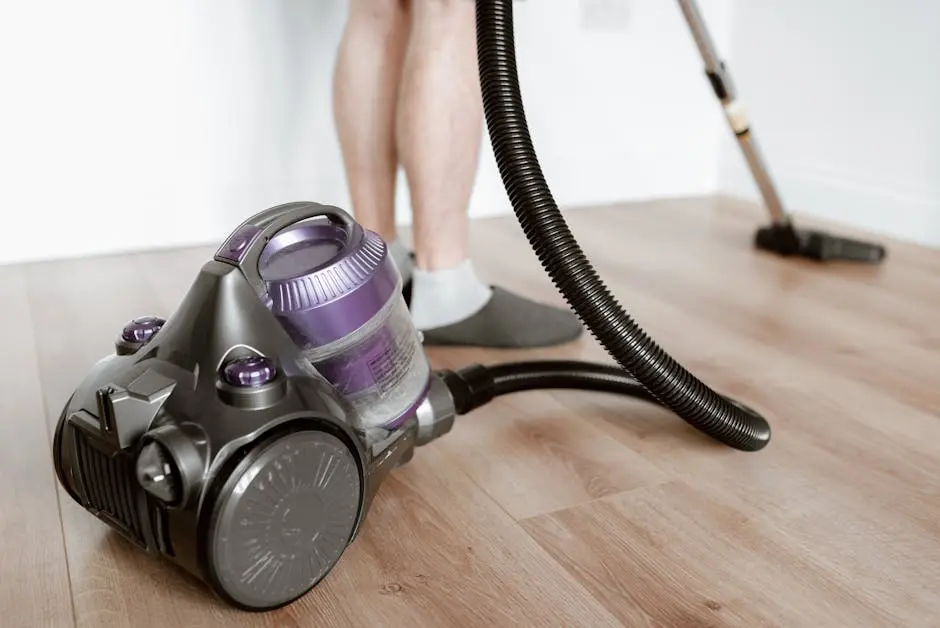Essential Tips for Maintaining the Beauty and Longevity of Your 3D Epoxy Floors
3D epoxy floors are a stunning addition to any space, offering both durability and aesthetic appeal. However, maintaining their beauty and longevity requires some effort. In this blog, we’ll share essential tips to keep your 3D epoxy floors looking their best, using simple and easy-to-follow steps.
1. Regular Sweeping and Dusting
To maintain the shine and cleanliness of your 3D epoxy floors, it’s crucial to sweep and dust them regularly. This prevents dirt and debris from scratching the surface. Using a soft-bristle broom or a microfiber dust mop works wonders in picking up fine particles that could otherwise mar the sheen of the floor. Incorporating this task into your daily or weekly routine ensures that dust and dirt don’t have the chance to settle in.
Another valuable tip is to consider investing in a vacuum cleaner with a soft brush attachment, which can be particularly effective in covering larger spaces quickly. This is especially useful if you have pets, as pet hair tends to accumulate and might not be captured fully by sweeping alone. The key here is to be consistent, as even light layers of dust can lead to build-up over time. Keeping on top of it helps to maintain the floors’ brilliance.
For those hard-to-reach areas or corners, a handheld vacuum can be your best friend. Make sure to get into all the nooks and crannies, as dust tends to accumulate in these spots. By being thorough, you ensure that your entire floor remains spotless and scratch-free.
2. Gentle Cleaning Solutions
Avoid harsh chemicals that can damage the epoxy finish. Use a mild soap or a specialized epoxy floor cleaner to keep your floors spotless. When mixing your cleaning solution, a little goes a long way. Usually, a few drops of mild dish soap in a bucket of warm water are enough.
When it comes to applying the solution, opt for a soft mop or cloth to prevent any scratches. Gently mop the surface in smooth, even strokes. For stubborn spots, let the solution sit for a minute before gently scrubbing with a non-abrasive pad. This approach ensures that your epoxy floors stay intact and retain their visual appeal.
Remember to rinse off any soap residues thoroughly. Leaving soap residue can make the floor sticky and attract more dirt. Simply use a clean, damp mop to go over the area and then allow it to air dry or wipe it dry with a soft towel. This keeps your floor not only clean but also hygienic.
3. Immediate Spill Cleanup
Spills should be cleaned up immediately to avoid staining. Whether it’s a liquid or a solid substance, prompt action helps maintain the floor’s appearance. Quickly grabbing a paper towel or a clean cloth to blot the spill is the first step. Be careful not to rub it in, as that can cause deeper penetration into the epoxy.
Once you’ve blotted up the spill, gently wash the area with a mild soap and water solution as mentioned in the previous section. This helps remove any residue that could potentially stain the floor. For tougher spills like oil or paint, you may need to use a specialized cleaner recommended for epoxy floors to ensure that the surface remains unmarred.
Speed is of the essence here. The quicker you act, the less likely the spill will become a permanent issue. Keeping cleanup supplies readily accessible can make this task easier to manage. Having a small kit with paper towels, a mild soap solution, and a soft cloth can save time and effort in emergency situations.
4. Using Mats and Rugs
Place mats or rugs at entryways to reduce the amount of dirt and moisture that gets tracked onto your epoxy floors. This simple step can significantly extend their lifespan. Not only do mats catch dirt, but they also absorb moisture which can otherwise create slick spots and potential slip hazards.
Opt for mats with non-slip backings to prevent them from sliding around. A sturdy, quality mat not only protects your floor but also adds to the decor of your room. Regularly shaking out or vacuuming these mats ensures they remain effective in trapping dirt.
For high-traffic areas, consider placing larger rugs that cover more of the floor space. This added protection can help reduce wear and tear. Just remember to lift the rugs occasionally to clean underneath, preventing hidden dirt and debris from accumulating.
5. Avoiding Heavy Impact
Heavy objects and sharp items can cause dents and scratches. Be cautious when moving furniture and avoid dropping heavy items on the floor. When it comes to moving furniture, always lift rather than drag it. Using furniture sliders or lifting straps can make this easier and protect your floors.
For added protection, consider placing felt pads under the legs of chairs, tables, and other heavy furnishings. These pads act as a barrier between the furniture and the floor, minimizing the risk of scratches and dents.
If you need to use tools or heavy equipment in the room, laying down a temporary protective covering, like a thick cloth or mat, can prevent potential damage. This ensures that even with necessary heavy-duty work, your floors remain in pristine condition.
6. Maintaining a Consistent Temperature
Extreme temperature changes can cause the epoxy to expand or contract, leading to cracks. Keeping a stable indoor temperature helps prevent this issue. Seasonal changes often bring about dramatic temperature shifts, which can be harsh on epoxy floors.
If you live in a region with extreme weather conditions, consider investing in a good quality thermostat to help maintain a consistent indoor environment. This not only preserves your floor but also adds to the overall comfort of your home.
In the colder months, it’s important to avoid rapid heating. Instead, gradually warm the space to prevent any abrupt changes that might stress the floor. Likewise, in summer, keep the room cool without overly cranking the air conditioning all at once.
7. Regular Polishing
Polishing your 3D epoxy floors periodically restores their shine and provides an additional protective layer. Make sure to use products recommended for epoxy surfaces. Regular polishing not only makes the floor look new but also enhances its durability.
The process usually begins with a thorough cleaning to remove any dirt or dust. Afterward, apply a thin, even layer of epoxy polish using a soft cloth or a buffer. Make sure to follow the manufacturer’s instructions for the best results.
Allow the polish to dry completely before using the floor. This way, it hardens properly and provides the maximum level of protection. Repeating this process every few months can keep your floors looking glossy and new.
8. Addressing Scratches and Damage
If you notice any scratches or damage, address them promptly. Small scratches can often be polished out, while larger damages might require professional assistance. Ignoring scratches can lead to more extensive problems over time.
For minor scratches, use a fine-grit sandpaper or a polishing compound to gently buff out the imperfections. Make sure to clean the area thoroughly before and after the process to ensure a seamless finish.
In cases where the damage is too extensive for a DIY fix, don’t hesitate to call in a professional. Expert repair can restore your floor’s appearance and functionality, ensuring it remains a valuable asset in your home.

